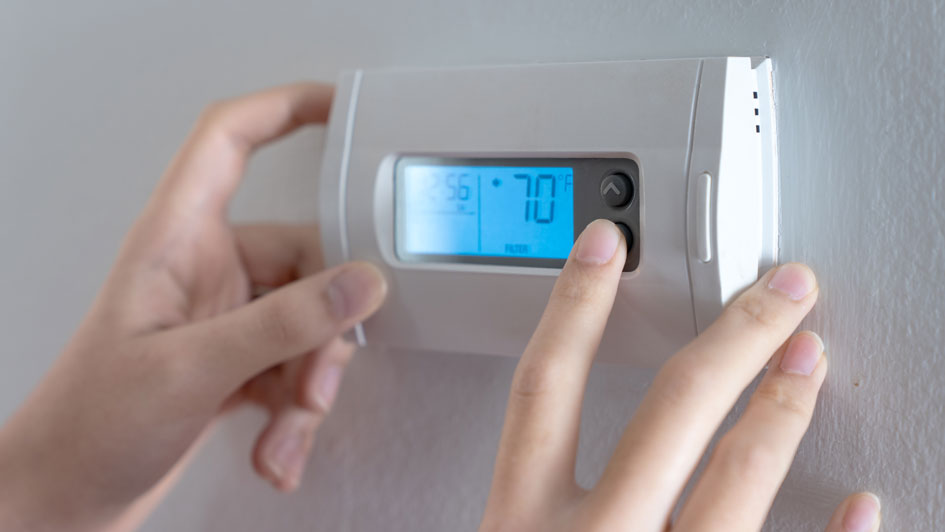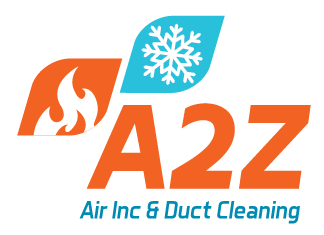
It's always nice when we manage to save money on our utility bills, but you should know there’s a way to keep costs down, even when you're out of the house.
The secret is your thermostat. By making the most out of your thermostat, you can structure its daily schedule around your personal preferences. This means establishing various temperature settings for when you’re at home, away or even when you’re asleep.
If you're willing to make these adjustments, you'll be able to enjoy comfortable temperatures while keeping more money in your pocket. Check out our guide on how your thermostat doesn't have to use up all your summer spending money:
While at Home
When you’re home, you want a nice range of pleasant temperatures. That’s why it’s best to set your thermostat lower in the summer while you are in the house to appreciate the cool air.
But the most energy-efficient temperatures for the summer is actually around 78 and 80 degrees Fahrenheit. With this adjustment, you can stay cool while keeping your energy bill more manageable.
While Away
When it comes to setting the temperature for when you are out of the house in summer, it’s advantageous to set the thermostat higher than you would if you were in the house.
Depending on the local climate or your home's location, you can set the thermostat to higher temperatures like 88 degrees while no one is home and then lower it back to the sweet spot of 78-80 degrees when you or a family member return. This way, your air conditioning system isn't working around the clock to keep an empty house cool.
While Sleeping
For a full night's rest during summer weather, you want your thermostat set at a comfortable temperature. A good rule of thumb is between 68-72 degrees Fahrenheit. There's less risk of getting too hot or too cold at some point overnight.
Other Strategies for Lowering Energy Use:
- Smart thermostat installation: Trying a smart thermostat in the summer helps save money on energy costs as it forms temperature schedules according to your lifestyle and home environment. They can lower the temperature while you are home or sleeping, while allowing it to get warmer when no one is home. Using reputed brands and models such as the Lennox iComfort, you have the ability to remotely access and change the temperature through your smartphone, tablet or laptop. Scheduling smart thermostat installation in your Boynton Beach home can be the simplest strategy for maintaining comfortable, yet energy-efficient temperatures no matter where you are.
- Update your existing HVAC system: Upgrading your HVAC system saves money right from the start. If a system boasts high energy efficiency, you can also count on lower utility bills since more efficient equipment requires less energy to reach your preferred temperatures. Air conditioning installation in Boynton Beach is a breeze for experienced professionals like A2Z Air Inc.
- Stay on top of routine AC maintenance: Investing in or ignoring regular air conditioning maintenance in Boynton Beach can have a big impact on your monthly energy use. With regular cleaning of the coils, checking for damage and clearing ventilation of dust and debris, you may notice your HVAC system run more efficiently. Increasing efficiency also limits strain on key parts and lowers operational costs, resulting in lower energy usage and subsequently, smaller bills.
- Clean or replace the air filter on a regular basis: A regular schedule for cleaning or replacing the HVAC system's air filter saves money by helping air flow efficiently through your air conditioner. When filters become clogged, your air conditioner will have to work harder, and the strain can reduce the system’s life span and result in breakdowns.
- Check your attic insulation: Insulation is a crucial component for any energy-efficient home, securing the hot air outside and the cool air inside over the summer. The North American Insulation Manufacturers Association (NAIMA) recommends that homes in the southern United States should install at least 13-14 inches of insulation, while states further north need 16-18 inches.
- Review your air ducts: Damage to the ventilation is capable of increasing your energy bills much more than 20 percent, plus it can potentially allow harmful emissions from your water heater, clothes dryer and other appliances throughout your home. Finding any leaks fast and sealing them can help with both these issues.
- Seal all other leaky spots in your home: Sealing up other leaks in your home with caulk, foam sealant or weather-stripping keeps temperatures a little cooler on hot summer days. It’s also important to check for any gaps around windows, doors and even outdoor fixtures. Making time to seal leaks now can help you save a lot in the long run.



